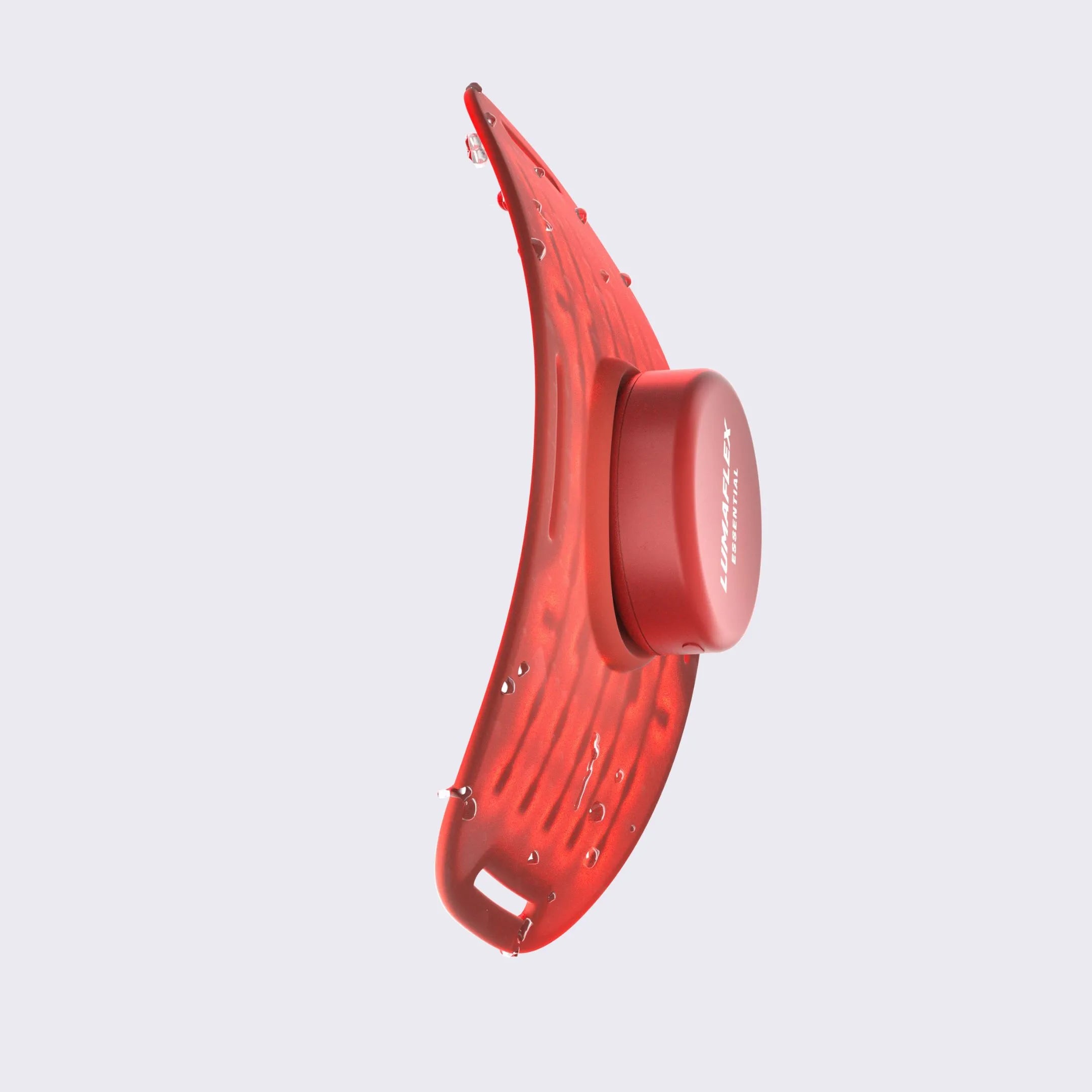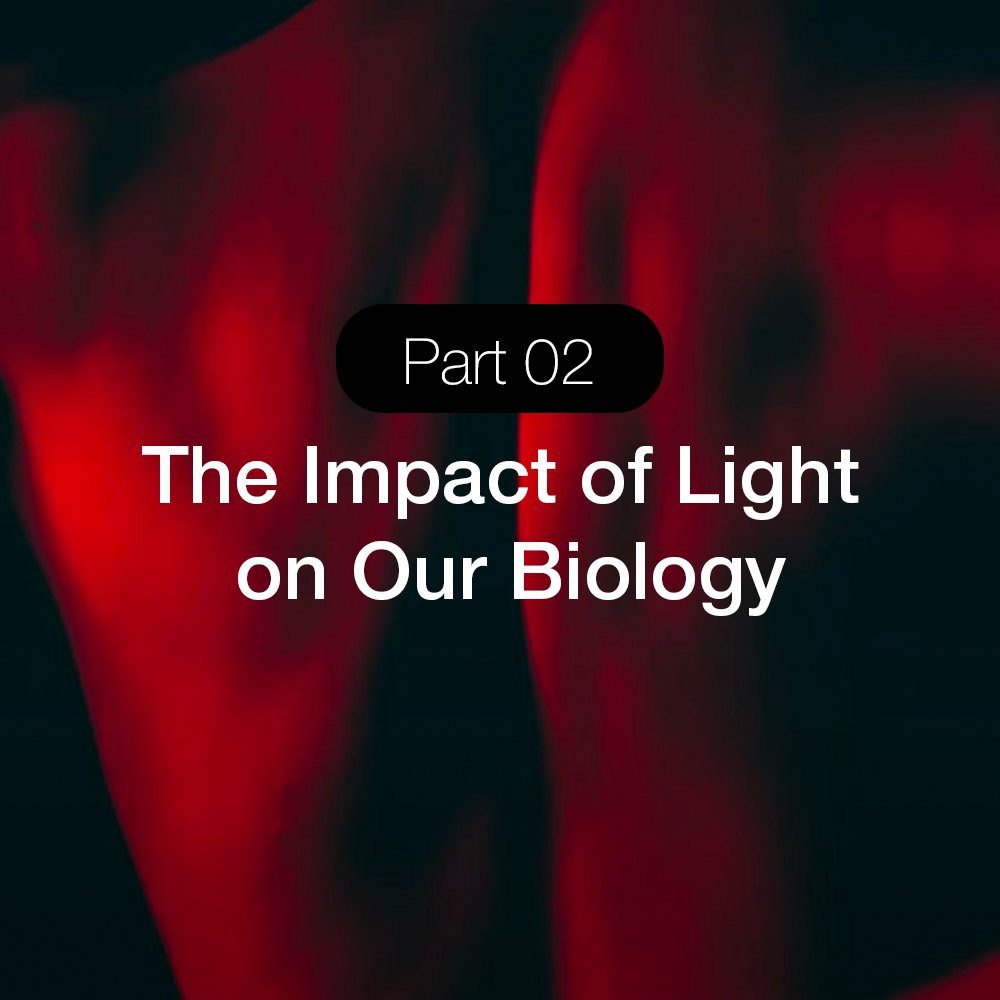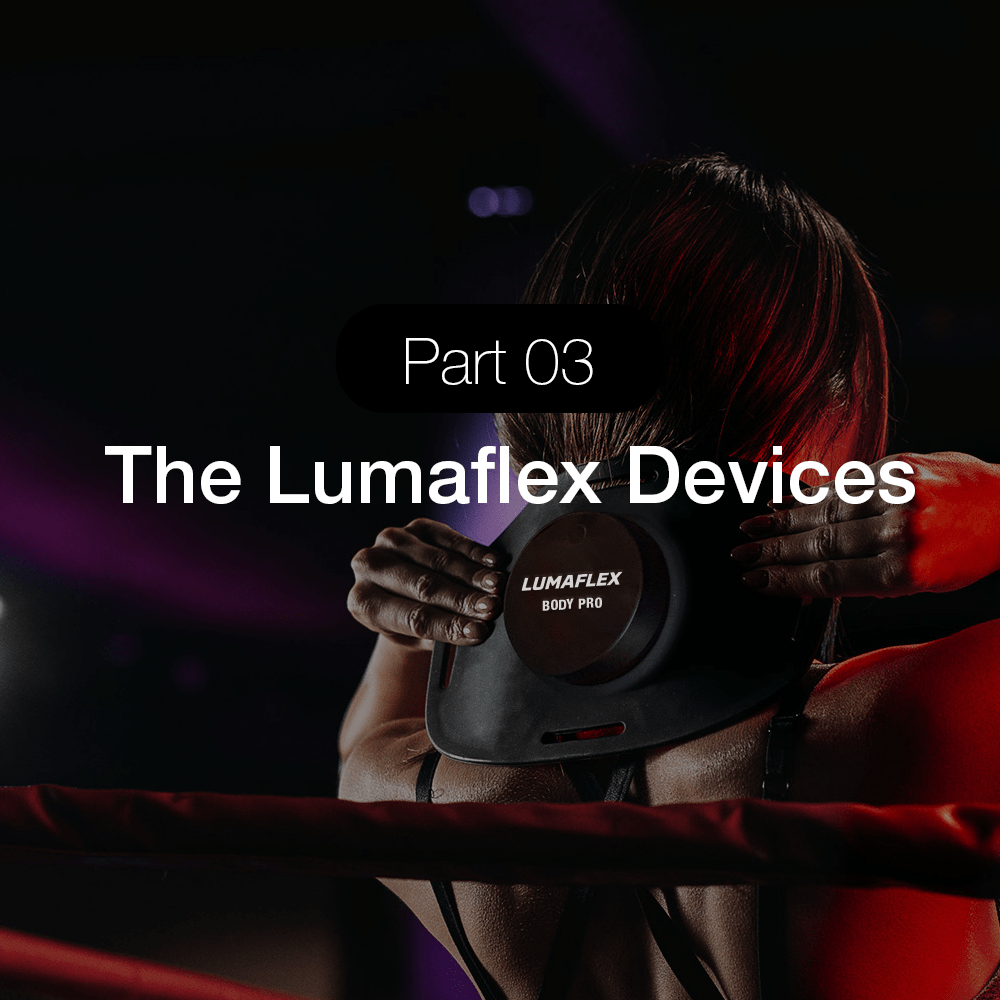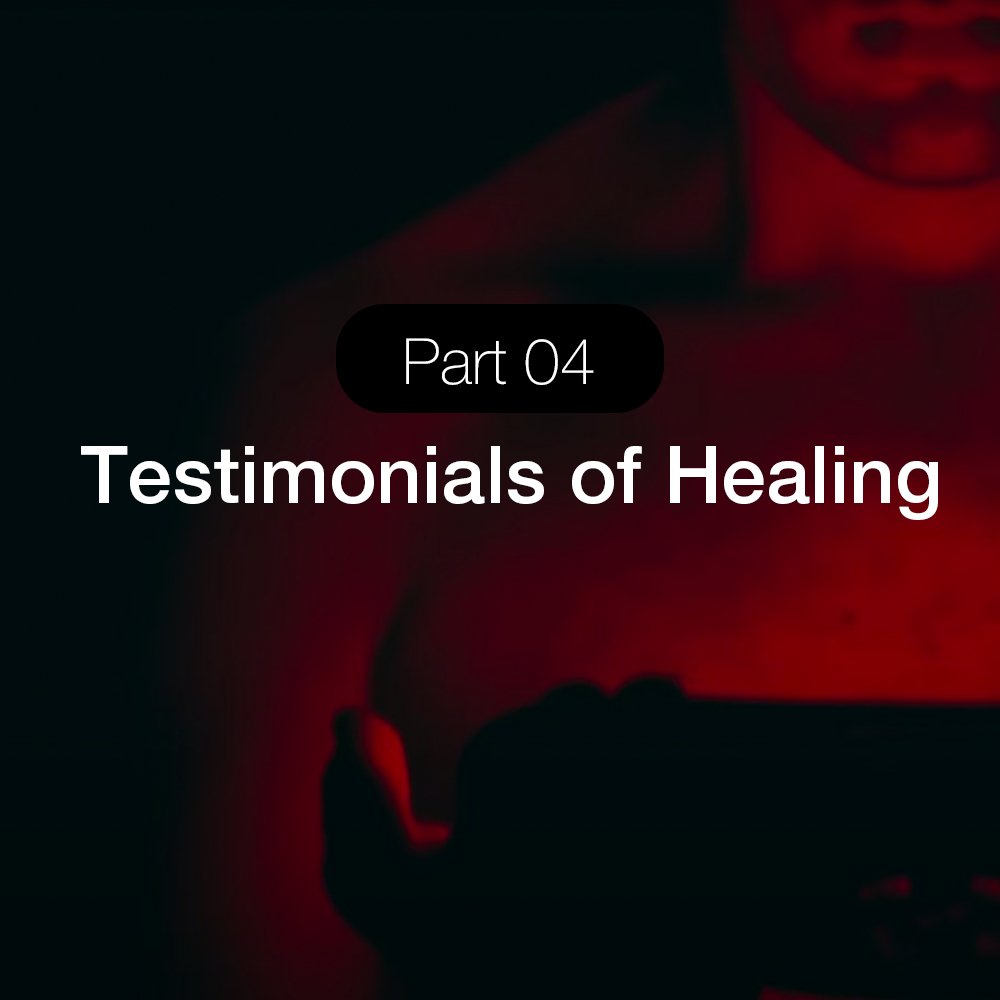Red Light Therapy for Teeth: A Solution for Common Dental Problems

While nearly half of American adults battle gum disease and countless others struggle with dental sensitivity, red light therapy for teeth is emerging as an innovative solution from an unexpected source: light. Red light therapy, a groundbreaking treatment traditionally associated with skin care, is now revolutionizing dental health care through its ability to stimulate natural healing at the cellular level.
This non-invasive approach harnesses specific wavelengths of red and near-infrared light to address everything from post-implant recovery to chronic gum inflammation. As dental professionals seek alternatives to conventional treatments, red light therapy stands out for its gentle yet effective approach to oral health challenges.
- 1. Common Dental Health Challenges
- 2. Understanding Red Light Therapy
- 3. Cellular Benefits of Red Light Therapy for Dental Health
- 4. Red Light Therapy for Gum Health
- 5. Alleviating Dental Sensitivity with Red Light Therapy
- 6. Support for Dental Implant Recovery and Bone Healing
- 7. Treating Oral Infections Using Red Light Therapy
- 8. Comparison of Red Light Therapy with Conventional Dental Treatments
- 9. Ongoing Research and Evidence in Red Light Therapy
- 10. Future Directions for Red Light Therapy in Dentistry
Common Dental Health Challenges
Common dental problems affect millions of people worldwide, with gum disease impacting 47% of adults aged 30 and older in the United States. This inflammatory condition often leads to tooth loss and has connections to broader health concerns. Tooth sensitivity represents another frequent complaint, typically resulting from gum recession and enamel wear.
Patients recovering from dental implant procedures face extended healing periods, inflammation, and potential infection risks. These challenges often require multiple treatment approaches to manage effectively. The prevalence of these oral health issues highlights the need for alternative therapeutic options that can address both symptoms and underlying causes while supporting the body's natural healing processes.
Understanding Red Light Therapy
Red light therapy benefits uses specific wavelengths of red or near-infrared light to support oral health. The treatment works by stimulating cellular function through increased mitochondrial activity, which generates more ATP (cellular energy) to repair tissues and reduce inflammation.
Unlike traditional dental treatments that may require surgery or medication, red light therapy for teeth offers a gentle approach. The light penetrates oral tissues without heat or damage, making it suitable for regular use. Dental professionals apply this method through specialized LED devices that emit precise wavelengths targeted for optimal tissue response.
This treatment method stands apart from conventional dental care by working with the body's natural healing mechanisms rather than through pharmaceutical or surgical intervention.
Cellular Benefits of Red Light Therapy for Dental Health
Red light therapy for teeth works at the cellular level to enhance oral health by stimulating biological processes that repair and strengthen tissues in the mouth. This light-based treatment penetrates deep into oral tissues, activating mitochondria and boosting adenosine triphosphate (ATP) production, fueling cells to function more effectively.
Key Cellular Effects:
- Enhanced Mitochondrial Function Light energy stimulates mitochondria to produce more ATP. Increased cellular energy improves healing and tissue regeneration.
- Improved Blood Circulation Encourages better oxygen and nutrient delivery to gums and oral tissues. Facilitates more efficient removal of waste products and toxins.
- Increased Collagen Production Stimulates fibroblasts to synthesize collagen, a crucial structural protein. Supports gum tissue integrity and the structures that anchor teeth.
Oral Health Benefits:
- Supports Healing After Dental Procedures Accelerates tissue recovery and reduces post-operative inflammation. Helps manage pain and sensitivity after treatments like cleanings, fillings, or surgery.
- Strengthens Gum Tissue Reinforces the periodontal ligament and connective tissues. Helps prevent gum recession and tooth mobility.
- Reduces Tooth Sensitivity Aids in rebuilding dentin layers and supporting nerve health. May reduce discomfort from hot or cold stimuli.
These cellular improvements lay the groundwork for healthier teeth and gums, making red light therapy for teeth a promising tool for addressing common dental concerns such as gum inflammation, tissue repair, and sensitivity.
Red Light Therapy for Gum Health
Clinical studies show that red light therapy for teeth reduces gum inflammation and supports healthier periodontal tissue. When applied consistently, the treatment helps minimize bleeding, swelling, and discomfort associated with gingivitis and periodontal disease.
Research indicates the therapy may support gum tissue regeneration through increased cellular activity and blood flow. While some patients ask "can red light therapy regrow gums," current evidence suggests it may help slow recession rather than fully restore lost tissue. However, the treatment shows promise in maintaining existing gum health and reducing further deterioration.
The light's interaction with oral tissues leads to better periodontal outcomes, particularly when combined with standard dental care practices. Regular applications help maintain gum attachment to teeth and support overall oral tissue health.

Alleviating Dental Sensitivity with Red Light Therapy
Red light therapy for teeth provides relief for patients experiencing tooth and gum sensitivity. The treatment reduces discomfort by calming nerve endings and supporting tissue repair at the cellular level. When applied to sensitive areas, the light energy penetrates dental tissues to decrease inflammation and enhance healing responses.
Patients who undergo teeth whitening or restorative procedures often report less sensitivity when using red light therapy treatments as part of their recovery protocol. The treatment's ability to improve blood circulation in dental tissues helps reduce pain signals while promoting natural healing processes. Clinical applications show particular effectiveness when addressing sensitivity from exposed root surfaces or worn enamel.
The therapy's gentle nature makes it suitable for regular use, offering ongoing support for managing dental sensitivity without adverse effects.
Support for Dental Implant Recovery and Bone Healing
Red light therapy for teeth accelerates bone healing after dental implant procedures by increasing cell growth and blood supply at surgical sites. The treatment stimulates osteoblast activity - cells responsible for new bone formation - leading to faster integration between implants and surrounding bone tissue.
Studies indicate that patients receiving red light therapy during implant recovery experience reduced pain and swelling compared to traditional healing methods alone. The treatment provides an alternative to pain medications while supporting the body's natural healing mechanisms.
Common dental procedures show improved bone density around implants when red light therapy supplements standard post-surgical care. The non-invasive nature of the treatment allows patients to receive regular sessions without discomfort, promoting consistent healing support throughout the recovery period.
Treating Oral Infections Using Red Light Therapy
Red light therapy shows strong results in managing oral infections, particularly through a method known as antimicrobial photodynamic therapy (aPDT). This technique uses red or near-infrared light in combination with a photosensitizing agent to target and destroy harmful oral bacteria.
Research highlights the following benefits:
- Targets Harmful BacteriaEffectively reduces bacterial populations such as Streptococcus oralis and Candida albicansDisrupts dental plaque biofilms without harming healthy tissues
- Supports Common Infection TreatmentsProven effective for conditions like: Denture stomatitis (inflammation under dentures) Angular cheilitis (cracking at the corners of the mouth) Chronic gingivitis and mucosal infections
- Reduces Antibiotic DependenceOffers a non-pharmaceutical alternative Helps prevent the development of antibiotic resistancePreserves beneficial oral flora
- Safe and Non-InvasivePenetrates soft tissues gently without discomfort Does not damage surrounding cells or oral structures Suitable for frequent or repeated use
- Complements Daily Oral HygieneEnhances traditional practices like brushing and rinsing Ideal for patients with recurrent or treatment-resistant infections
For patients dealing with persistent or chronic oral infections, red light therapy for teeth offers a targeted, gentle, and drug-free solution that integrates well into regular dental care routines and supports long-term oral health

Comparison of Red Light Therapy with Conventional Dental Treatments
Red light therapy provides a non-surgical, drug-free alternative to common dental procedures. While traditional treatments may involve drilling, medications, or invasive techniques, red light therapy uses gentle light penetration to stimulate the body’s natural healing processes.
The therapy is especially helpful for patients who are sensitive to medications or not candidates for surgery. It carries a lower risk of side effects compared to pharmaceuticals, which can lead to digestive upset or allergic reactions. Furthermore, red light therapy is painless, requires no downtime, and is increasingly accessible both in dental offices and for at-home use.
Key Comparison: Red Light Therapy vs. Conventional Dental Treatments
| Feature / Benefit | Red Light Therapy | Conventional Treatments |
| Invasiveness | Non-invasive; light applied externally or intraorally | Often invasive; drilling, injections, or surgical methods |
| Pain & Discomfort | Minimal to none | Moderate to high, depending on the procedure |
| Recovery Time | No recovery time needed | May require downtime or post-op care |
| Side Effects | Rare; usually no systemic effects | Possible, especially with medications (e.g., GI upset) |
| Use of Medications | Not required | Often requires antibiotics, anesthetics, or painkillers |
| Supports Natural Healing | Yes; enhances cellular regeneration and circulation | Not typically focused on cellular repair |
| Long-Term Oral Health Benefits | Improves tissue strength and reduces inflammation | Varies; may address symptoms more than root causes |
| Accessibility | Increasing in dental offices; home devices available | Limited to clinical settings |
As access expands and more dental offices integrate LED-based devices, red light therapy is becoming a practical addition to modern oral care. Home-use devices further allow patients to maintain consistent treatment schedules between professional visits, making it a smart, low-effort complement to daily brushing and flossing.
Ongoing Research and Evidence in Red Light Therapy
Dental practices increasingly incorporate LED devices for red light therapy, with early clinical studies and patient reports supporting its effectiveness for dentin hypersensitivity and gums, wound healing, and plaque control. Medical professionals document positive outcomes when using specific wavelengths between 630-850nm for oral tissue repair and inflammation reduction.
Current trials focus on determining optimal treatment protocols, including ideal exposure times and frequency of application. Researchers are examining the therapy's impact on gum recession, tooth sensitivity, and implant integration rates. Studies specifically measure cellular responses and tissue regeneration patterns using advanced imaging techniques.
The development of oral red light therapy for teeth devices continues to advance, with new models offering targeted wavelengths for both clinical and home use. These innovations allow for more precise treatment delivery while maintaining the gentle, non-invasive nature of the therapy.
Future Directions for Red Light Therapy in Dentistry
Research points to promising applications for red light therapy in advanced periodontal treatments and accelerated orthodontic tooth movement. Studies examining light wavelength combinations, such as blue and red light patterns, suggest improved outcomes for both bacterial control and tissue healing.
Clinical trials continue to evaluate the treatment's potential for oral lesions and mucositis management. The integration of personalized treatment protocols based on individual oral health needs represents a key development area. Additionally, researchers are examining specific wavelength combinations to target different oral conditions simultaneously.
Medical professionals emphasize the importance of establishing standardized treatment guidelines through controlled studies. This scientific validation will help determine optimal exposure times, treatment frequencies, and precise wavelength selections for specific dental conditions.
The Future of Dental Care: A Brighter Smile Through Red Light Therapy
Red light therapy represents a paradigm shift in dental care, offering a gentle yet powerful tool for addressing common oral health challenges. As research continues to validate its effectiveness across various dental applications, from gum health to implant recovery, this innovative treatment is positioning itself as an essential component of modern dental care.
The growing body of evidence supporting red light therapy's benefits, combined with its non-invasive nature and minimal side effects, suggests we're only beginning to unlock its full potential in dentistry. As technology advances and treatment protocols become more refined, red light therapy may soon become a standard feature in both professional dental practices and home oral care routines.
Experience the Power of Light with Lumaflex
Discover how red light therapy can transform your oral health—naturally and painlessly. Whether you're managing gum sensitivity, recovering from dental procedures, or simply looking to boost your daily oral care routine, Lumaflex delivers clinically backed, at-home red light therapy you can trust.
- Drug-free relief
- Dentist-recommended wavelengths
- Easy-to-use, safe, and portable
Try Lumaflex today and take the first step toward a healthier, brighter smile.
References
20 Common dental problems and how to treat them. (2024a, July 12). https://www.carecredit.com/well-u/health-wellness/common-dental-problems/
Adamson, D. (2025, March 7). The impact of photobiomodulation. Lumaflex. https://www.lumaflex.com/blogs/clinical-trials/the-impact-of-photobiomodulation
Da Silveira, P. V., Panariello, B. H. D., De Araújo Costa, C. a. G., Maule, S. M., Maule, S. M., Janal, M. N., Zanin, I. C. J., & Duarte, S. (2018). Twice-daily red and blue light treatment for Candida albicans biofilm matrix development control. Lasers in Medical Science, 34(3), 441–447. https://doi.org/10.1007/s10103-018-2610-x
Denture stomatitis. (2025, June 2). Cleveland Clinic. https://my.clevelandclinic.org/health/diseases/21702-denture-stomatitis
Hamblin, M. R., & Abrahamse, H. (2018). Can light‐based approaches overcome antimicrobial resistance? Drug Development Research, 80(1), 48–67. https://doi.org/10.1002/ddr.21453
Light therapy for oral mucositis. (n.d.). St. Jude Together. https://together.stjude.org/en-us/treatment-tests-procedures/procedures/light-therapy-for-oral-mucositis.html
Lumaflex. (2025, May 28). Oral Health with Red Light Therapy: Before & After. Lumaflex. https://www.lumaflex.com/blogs/lumaflex-news/oral-health-with-red-light-therapy-before-after-red-light-therapy-for-teeth-red-light-therapy-benefits?_pos=2&_sid=e751d9095&_ss=r
Marcjames. (2024, November 6). Red Light Therapy: Benefits and research | Vitality Pro. VitalityPRO. https://vitality-pro.com/biohacking/red-light-therapy/ultimate-guide-rlt/
Săndulescu, M. (2013a). Treatment of periodontal disease with dental curing light – could it be that simple? GERMS, 3(4), 126–127. https://doi.org/10.11599/germs.2013.1047
Shan, Z., Ji, J., McGrath, C., Gu, M., & Yang, Y. (2021). Effects of low-level light therapy on dentin hypersensitivity: a systematic review and meta-analysis. Clinical Oral Investigations, 25(12), 6571–6595. https://doi.org/10.1007/s00784-021-04183-1
Smiles, S. T. (2023, December 16). Red Light Therapy for Dental Healing - Santa Teresa Smiles | Santa Teresa, NM. Santa Teresa Smiles. https://stsmiles.com/blog/red-light-therapy/#:~:text=Reduction%20of%20Inflammation%20and%20Pain,mitigate%20swelling%20and%20reduce%20pain.
Tanum, J., Kim, H., Lee, S., Kim, A., Korostoff, J., & Hwang, G. (2024a). Photobiomodulation of Gingival Cells Challenged with Viable Oral Microbes. Journal of Dental Research, 103(7), 745–754. https://doi.org/10.1177/00220345241246529
Trujiilo, K., Räisänen, I. T., Sorsa, T., & Pätilä, T. (2022). Repeated daily use of Dual-Light Antibacterial Photodynamic therapy in Periodontal Disease—A case report. Dentistry Journal, 10(9), 163. https://doi.org/10.3390/dj10090163
Wolbers, B. (2024b, September 20). Dentin Hypersensitivity: Why Red Light therapy is a Game-Changer. Light Therapy Insiders. https://www.lighttherapyinsiders.com/red-light-therapy-for-dentin-hypersensitivity/










